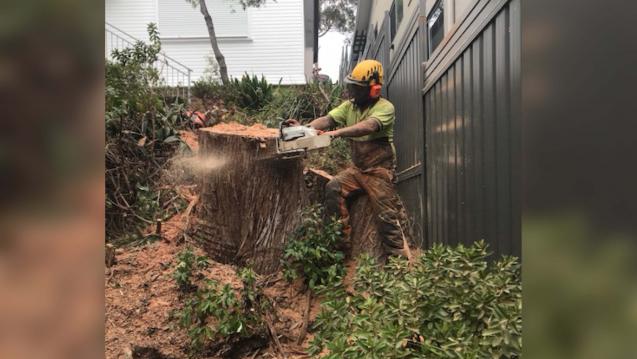
Cultivating Compact Fruit Trees: A Guide for Small Australian Gardens
Compact fruit trees are ideal for tight areas, small backyards or even balconies, and are of particular importance because they symbolise growth, productivity and life. With the right care and tips, we can discover how compact fruit trees can transform your small Australian garden into a haven of sweet rewards.
Understanding Compact Fruit Trees Suitable for Australian Climate
Compact fruit trees are a gardener's dream. These versatile miniature powerhouses can grow almost anywhere, and some types are specifically well-suited to Australia's diverse climate. Due to their ability to withstand hot summers and varying conditions, apricot, plum, dwarf apple, and citrus trees are typically the most successful compact trees in Australia.
Growing these trees offer a multitude of benefits. They consume less water, produce better yield per square metre and are easier to maintain than their full-size counterparts. They're also wonderfully suited for Australia's eclectic mix of climates, each variety bringing its unique characteristics to your garden.
Essential Steps to Cultivating Compact Fruit Trees
The journey to a fruitful yield begins with preparing your garden for the cultivation of compact fruit trees. Start by selecting the ideal spot that gets at least six hours of sunlight daily.
Proper planting techniques are vital. Dig a hole twice as wide as the root ball of the tree and put a good quality compost in the base of the hole. Place the tree in the hole, making sure it is standing straight, and then backfill with soil.
Watering and care, too, are integral. As a rule of thumb, irrigation should be deep and infrequent to encourage the growth of deep roots. Mulching is also necessary for maintaining moisture, improving soil fertility and reducing weed growth.
Training and Pruning Compact Fruit Trees
Training and pruning are key to growing successful compact fruit trees. These measures not only maintain tree shape but also bolster fruit production. Give your trees the best chance by implementing a regular schedule for training and pruning, typically during late winter or early spring.
Common mistakes include pruning too much or too little, incorrect cutting angles and pruning during the wrong time of the year. By following accurate pruning guidelines, you can circumvent these errors. Tree pruning services can also provide assistance if needed.
Protecting Your Compact Fruit Trees Against Pests and Diseases
Every garden has its share of pests and diseases. Common culprits in Australian gardens include aphids, citrus gall wasps and fungal diseases. To combat these, you can utilise a myriad of organic and eco-friendly methods such as natural pesticide sprays and insect traps.
If your trees are affected, be sure to seek help immediately. Early detection and intervention can often save a sick tree.
Harvesting and Storing Fruits from Compact Trees
Knowing when and how to harvest is key to enjoying your compact fruit trees. Signs your fruit are ready to harvest include change of colour, ease of separation and taste. Once harvested, storing fruits correctly can maximise their shelf life and preserve their freshness. This depends on the type of fruit, but cool and dry conditions are generally best.
Conclusion
In short, compact fruit trees are an excellent investment for small Australian gardens. With their myriad benefits, they not only save space but also provide the joy of fresh, homegrown fruits. As a gardener, adapting to compact fruit trees could offer you a fruitful return on your time and effort.
Implementing the insights from this guide can help you embark on your journey of cultivating compact fruit trees in your own garden. Here's to your future harvest! We welcome any feedback or discussion from readers.



